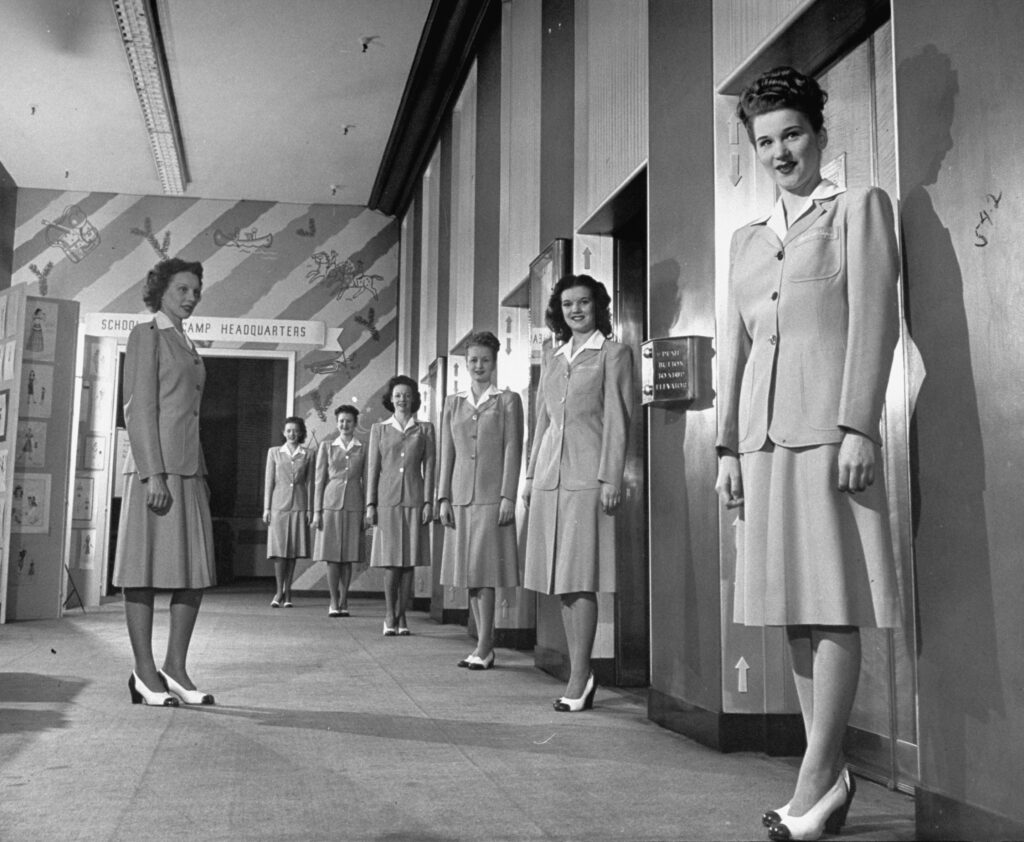Written By: Ben Cosgrove
The staggering range and sheer excellence of the late John Dominis’ pictures—his Korean War coverage; his portraits of pop-culture icons like Sinatra, Redford and McQueen; his beautiful treatment of the “big cats” of Africa; his virile sports photography—place him firmly among the premier photojournalists of his day. But a lesser-known photo essay that Dominis shot for LIFE magazine, focusing on the plight of Appalachians in eastern Kentucky in the early 1960s, spotlights another aspect of the man’s great talent: namely, an ability to portray the forgotten and the afflicted while never sacrificing the dignity of his subjects.
The extraordinary 12-page feature for the Jan. 31, 1964, issue of LIFE, titled “The Valley of Poverty” one of the very first substantive reports in any American publication on President Lyndon Johnson’s nascent War on Poverty.
At the time, LIFE was arguably the most influential weekly magazine in the country, and without doubt the most widely read magazine anywhere to regularly publish major photo essays by the world’s premier photojournalists. In that light, LIFE was in a unique position in the early days of Johnson’s administration to not merely tell but to show its readers what was at stake, and what the challenges were, as the new president’s “Great Society” got under way.
“The Valley of Poverty,” illustrated with some of the most powerful and intimate photographs of Dominis’ career, served (and still serves today) as an indictment of a wealthy nation’s indifference.
As LIFE put it to the magazine’s readers in January 1964:
In a lonely valley in eastern Kentucky, in the heart of the mountainous region called Appalachia, live an impoverished people whose plight has long been ignored by affluent America. Their homes are shacks without plumbing or sanitation. Their landscape is a man-made desolation of corrugated hills and hollows laced with polluted streams. The people, themselves often disease-ridden and unschooled are without jobs and even without hope. Government relief and handouts of surplus food have sustained them on a bare subsistence level for so many years that idleness and relief are now their accepted way of life.
President Johnson, who has declared “unconditional war on poverty in America,” has singled out Appalachia as a major target. . . . Appalachia stretches from northern Alabama to southern Pennsylvania, and the same disaster that struck eastern Kentucky hit the whole region the collapse of the coal industry 20 years ago, which left Appalachia a vast junkyard. It was no use for the jobless miners to try farming strip mining has wrecked much of the land and, in any case, the miners had lost contact with the soil generations ago. . . . Unless the grim chain [of unemployment and lack of education] can be broken, a second generation coming of age in Appalachia will fall into the same dismal life a life that protects them from starvation but deprives them of self-respect and hope.

In a shack near Neon, Ky., Delphi Mobley comforted daughter Riva, who was ill with measles. Proper medical care was beyond her $125 monthly welfare pay.
John Dominis/Life Pictures/Shutterstock

Appalachia, eastern Kentucky, 1964.
John Dominis/Life Pictures/Shutterstock

“Nadine McFall, 1, happily reached over to pat the stomach of a huge doll—its wardrobe long since lost and never replaced —as she squatted on a crowded couch in her great grandmother’s shack near Neon.
John Dominis/Life Pictures/Shutterstock

Appalachia, eastern Kentucky, 1964.
John Dominis/Life Pictures/Shutterstock

Appalachia, eastern Kentucky, 1964.
John Dominis/Life Pictures/Shutterstock

Appalachia, eastern Kentucky, 1964.
John Dominis/Life Pictures/Shutterstock

Appalachia, eastern Kentucky, 1964.
John Dominis/Life Pictures/Shutterstock

On a wintry afternoon in Line Fork Creek a family trudged across a rickety suspension bridge over a sewage-polluted stream to its two-room shack.
John Dominis/Life Pictures/Shutterstock

Appalachia, eastern Kentucky, 1964.
John Dominis/Life Pictures/Shutterstock

Youngsters lapped up a surplus-commodity supper of pan-fried biscuits, gravy and potatoes at the Odell Smiths of Friday Branch Creek. The newspapers were pasted by Mrs. Smith in an effort to keep the place neat.
John Dominis/Life Pictures/Shutterstock

Appalachia, eastern Kentucky, 1964.
JJohn Dominis/Life Pictures/Shutterstock

Appalachia, eastern Kentucky, 1964.
John Dominis/Life Pictures/Shutterstock

Appalachia, eastern Kentucky, 1964.
John Dominis/Life Pictures/Shutterstock

Appalachia, eastern Kentucky, 1964.
John Dominis/Life Pictures/Shutterstock

All over Appalachia the ruins of trestles jutted from deserted hillside coal mines. This mine had once offered workers a good living, but it closed in 1945.
John Dominis/Life Pictures/Shutterstock

Appalachia, eastern Kentucky, 1964.
John Dominis/Life Pictures/Shutterstock

Tearing with bare hands at frozen lumps of coal, Willard Bryant and his son Billy crouched between railroad tracks, scavenging fuel to heat their home. When the tub was full, they dragged it to the hill where they live, reloaded the coal into bags and carried it on their backs to the house.
John Dominis/Life Pictures/Shutterstock

Appalachia, eastern Kentucky, 1964.
John Dominis/Life Pictures/Shutterstock

Appalachia, eastern Kentucky, 1964.
John Dominis/Life Pictures/Shutterstock

Appalachia, eastern Kentucky, 1964.
John Dominis/Life Pictures/Shutterstock

Appalachia, eastern Kentucky, 1964.
John Dominis/Life Pictures/Shutterstock

Appalachia, eastern Kentucky, 1964.
John Dominis/Life Pictures/Shutterstock

Appalachia, eastern Kentucky, 1964.
John Dominis/Life Pictures/Shutterstock

In a one-room school at Thornton Gap, pupils were constantly out sick during the winter.
John Dominis/Life Pictures/Shutterstock

Appalachia’s young people, like Roberta Oliver, 14, from Rock House Creek, Ky., were often sad-faced and prematurely aged. Most suffered fatigue because of a diet of surplus food, heavy in starches like flour and rice and inadequately augmented by lard and cheese, butter and ground pork.
John Dominis/Life Pictures/Shutterstock

Appalachia, eastern Kentucky, 1964.
John Dominis/Life Pictures/Shutterstock

In the Thorton Gap Regular Baptist Church, a tar-paper-covered shed heated to stifling by a big stove, preacher Elzie Kiser, 62, called on his small flock to “get with God.”
John Dominis/Life Pictures/Shutterstock

Appalachia, eastern Kentucky, 1964.
John Dominis/Life Pictures/Shutterstock

Appalachia, eastern Kentucky, 1964.
John Dominis/Life Pictures/Shutterstock

Appalachia, eastern Kentucky, 1964.
John Dominis/Life Pictures/Shutterstock

Eighteen-year-old Ray Martin was a lucky man by local standards. He had a job in a mine near Isom, one of the shoestring ‘dog holes’ kept operating thanks to low wages, back-breaking labor, overused equipment and minimal safety measures.
John Dominis/Life Pictures/Shutterstock

Appalachia, eastern Kentucky, 1964.
John Dominis/Life Pictures/Shutterstock

Appalachia, eastern Kentucky, 1964.
John Dominis/Life Pictures/Shutterstock

A cow was a rare sight in Appalachia. The people are not country folk but an industrial population who happened to live in the country. Many kept chickens, but farming was seldom practiced.
John Dominis/Life Pictures/Shutterstock

The commonest sights around Appalachia were aging men and ragged urchins.
John Dominis/Life Pictures/Shutterstock











































